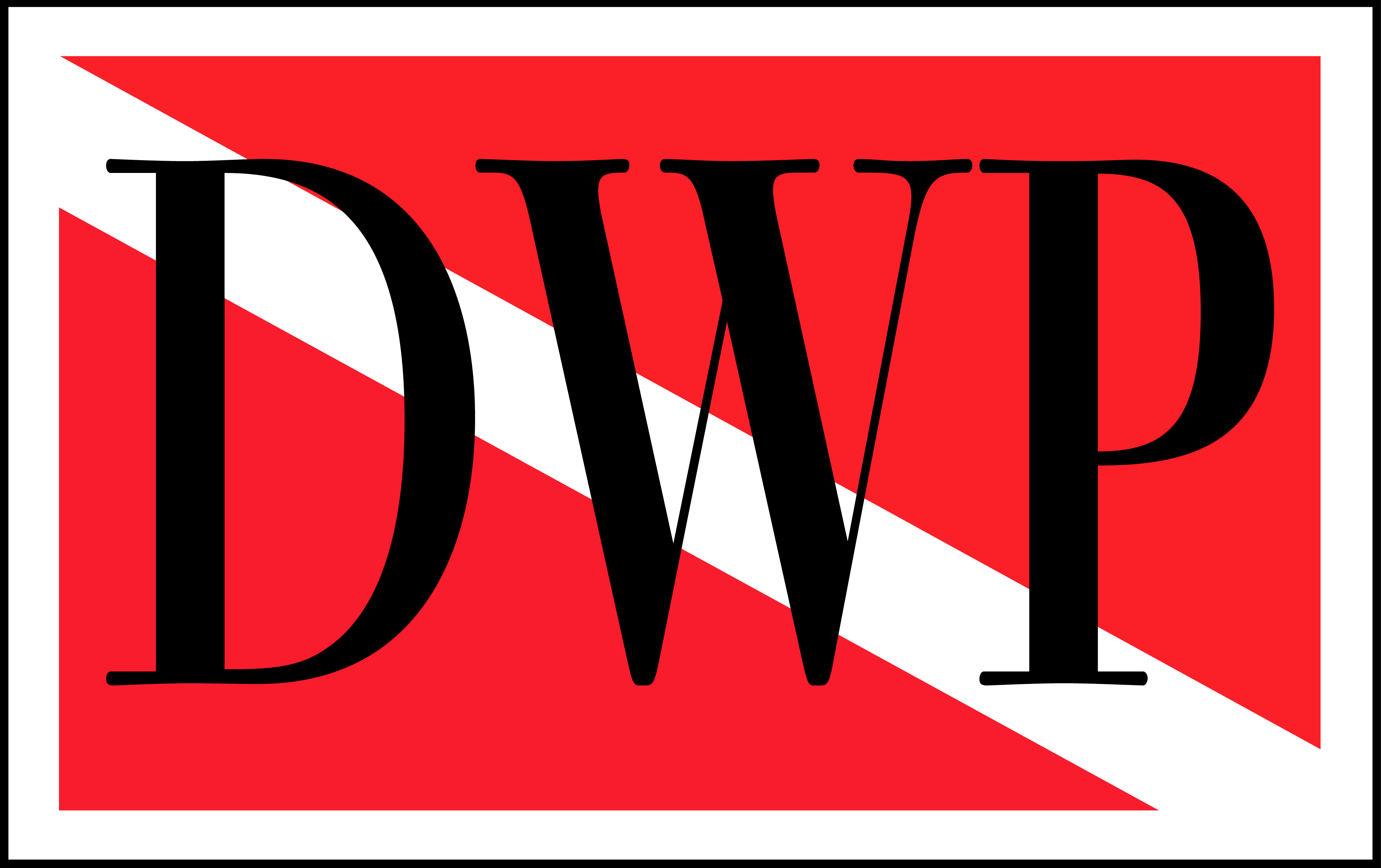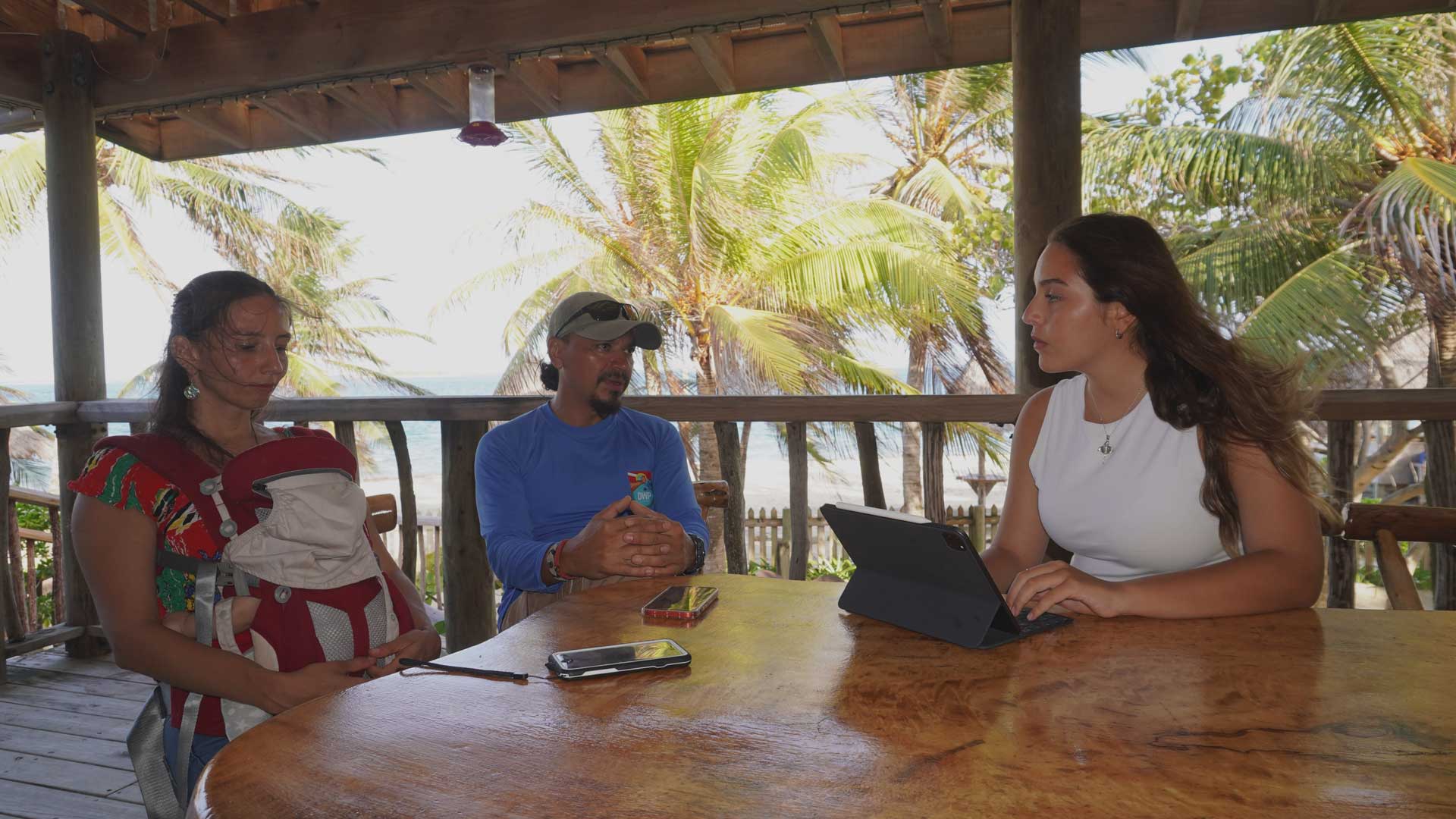3. What are the primary goals and focuses of the Green Island Challenge?
For this question, Crystal explains that Green Island Challenge has two main commitments: the environment and the community.
The first environmental project Green Island Challenge undertook was the repopulation and stabilization of a subspecies of parrots endemic to the Bay Islands, especially Guanaja Island. Crystal explains, “When we arrived, there were only 323 wild parrots on the entire island.” This was clearly a very low population, so the organization asked itself: How can we increase the parrot population? They achieved this by implementing additional nests or supplemental nests in the trees. “The goal was to reach at least a thousand parrots, and we achieved that in just three years.” It is the most successful project of its kind in Latin America, recovering the population in a short period. Additionally, in line with the organization’s environmental protection efforts, they focus on turtle protection, monitoring beaches to prevent the ongoing practice of egg poaching. Hurricane Mitch in 1998 devastated much of the island, especially destroying all the wetlands. In the North East Bay area, they have a one-hectare demonstration site where they have worked with local youth to restore the hydrological system, which helps in the restoration of mangroves. On an island where the main stressors are the northeast winds, this work is crucial.
On the community side, Green Island Challenge aims to create a connection with the environment so that the community, especially the youth, can learn about environmental education. The goal is to change from poaching to protection. At the beginning of the organization, Anuar took it upon himself to seek out the hunters and poachers, meeting them and inviting them to be part of Green Island Challenge. It was essential to change this behavior, and the only way to achieve that was by starting from the root. Some community members agreed to participate, while others did not. Anuar comments, “As the most remote populated island in Honduras, this presents challenges. That’s why it’s called the Green Island Challenge. What are the challenges? There’s almost no authority, no regulatory system that works.” This underscores the importance of organizations like these, which constantly work to protect an unprotected place.
To change the exploitative relationship that the community has with its environmental heritage—for example, fishing, catching parrots for trafficking, stealing turtle eggs, and more—Crystal also emphasizes the importance of providing economic opportunities. She says, “Right now, the only economic relationship they have with the environment is exploitative. So, we want to show that an environmental economic model that protects its ecosystem can exist.” This is truly important for island communities like Guanaja that depend so much on the environment.
4. How did your collaboration with the youth of Guanaja begin?
Crystal explains, “It began with environmental education”
How did they do this? “By going to schools, saying that we wanted to give environmental education classes. We developed a curriculum, which consists of one month (4 visits). From there, Green Island Challenge developed a few young people who saw that they could work with us, continuing to develop relationships with schools, teachers, and principals. From there, Anuar has taken these relationships and expanded them into fieldwork.”
This work with schools was very important, Anuar tells us. He says, “The children brought ideas home, and these spread. Another way in was through sports, specifically soccer, since it’s basically the only sport practiced here every Sunday. I got some uniforms with a parrot and turtle theme and donated them. That’s how Green Island Challenge became more and more integrated into the Guanaja community. In the soccer teams, there were several hunters, and that’s where we managed to recruit several young people. One of them asked for a job, and we gave him something significant—a way to start and motivate him. In the first years, I wrote support letters to the Honduran Navy to patrol the sea with me to protect the beaches with turtles and the mountains to protect the parrots. In the first three years, we were day and night with the military, patrolling. This helped repeal the community a bit more. Now, we still do it, but more gently. The parrot patrols are still done with the military, but now the community starts reporting to us when something illegal is happening. Little by little, we are starting to see that the community is becoming more aware, but there’s still more work to do.”

